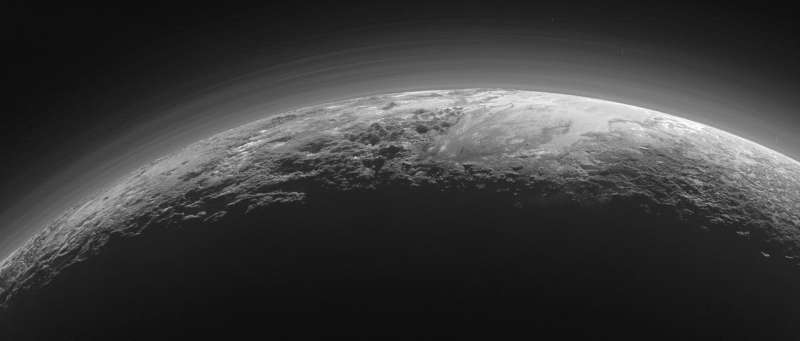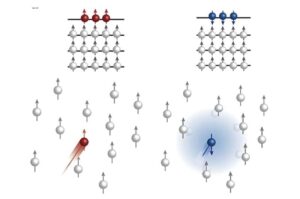
NASA’s New Horizons spacecraft has marked a significant milestone in space exploration by conducting the first successful deep space stellar navigation test. On July 4, 2025, an international team of astronomers utilized the spacecraft, which is currently traversing the Kuiper Belt at a distance of 438 million miles from Earth, to carry out this unprecedented experiment. The results of this groundbreaking test have been accepted for publication in The Astronomical Journal, with a pre-print available on arXiv.
This proof-of-concept test leveraged New Horizons’ unique position as it ventures toward interstellar space, allowing researchers to image two of our closest stellar neighbors: Proxima Centauri, located 4.2 light-years away, and Wolf 359, 7.86 light-years from Earth. From the spacecraft’s perspective, these stars exhibited a shift in their apparent positions relative to their view from Earth, a phenomenon known as stellar parallax.
Understanding Stellar Parallax
Stellar parallax is a crucial concept in astronomy, used to measure distances to stars. By capturing simultaneous images from Earth and the spacecraft, the team could calculate New Horizons’ position with remarkable accuracy. The precision achieved was about 4.1 million miles, comparable to measuring a distance of approximately 26 inches from New York to Los Angeles.
“Taking simultaneous Earth/Spacecraft images we hoped would make the concept of stellar parallaxes instantly and vividly clear,” stated Tod Lauer, an astronomer with NSF’s NOIRLab and lead author of the study. “It’s one thing to know something, but another to say ‘Hey, look! This really works!'”
While the demonstration did not produce research-grade results, it vividly illustrated the potential of observing large stellar parallaxes from widely separated vantage points. This experiment underscores the educational value of such direct observations, providing a tangible demonstration of theoretical concepts.
New Horizons: A Journey Beyond Pluto
New Horizons is no stranger to making history. As the fifth robotic spacecraft to leave Earth destined for interstellar space, its primary mission was to study Pluto and its largest moon, Charon. After a nine-and-a-half-year journey covering over 3 billion miles, the spacecraft delivered the first stunning images of these icy worlds, significantly enhancing our understanding of their geology, composition, and atmospheres.
Currently in its extended mission phase, New Horizons continues to explore the heliosphere. It is expected to cross the “termination shock,” the boundary marking the entrance to interstellar space, in the coming years. This ongoing mission offers invaluable insights into the outer reaches of our solar system and beyond.
Implications for Future Space Navigation
The success of this stellar navigation test represents a significant step forward in the quest for interstellar travel. By demonstrating the practical application of stellar parallax for navigation, this experiment paves the way for future missions that may rely on similar techniques to traverse the vast distances between stars.
As humanity continues to push the boundaries of space exploration, the ability to navigate accurately across interstellar distances becomes increasingly crucial. The insights gained from New Horizons’ test could inform the design of future spacecraft and navigation systems, potentially enabling more ambitious missions to distant star systems.
In conclusion, NASA’s New Horizons has once again proven its value as a pioneering spacecraft, not only in its exploration of Pluto but also in its contribution to the future of space navigation. As it continues its journey into the unknown, the spacecraft remains a testament to human ingenuity and the relentless pursuit of knowledge beyond our planet.





